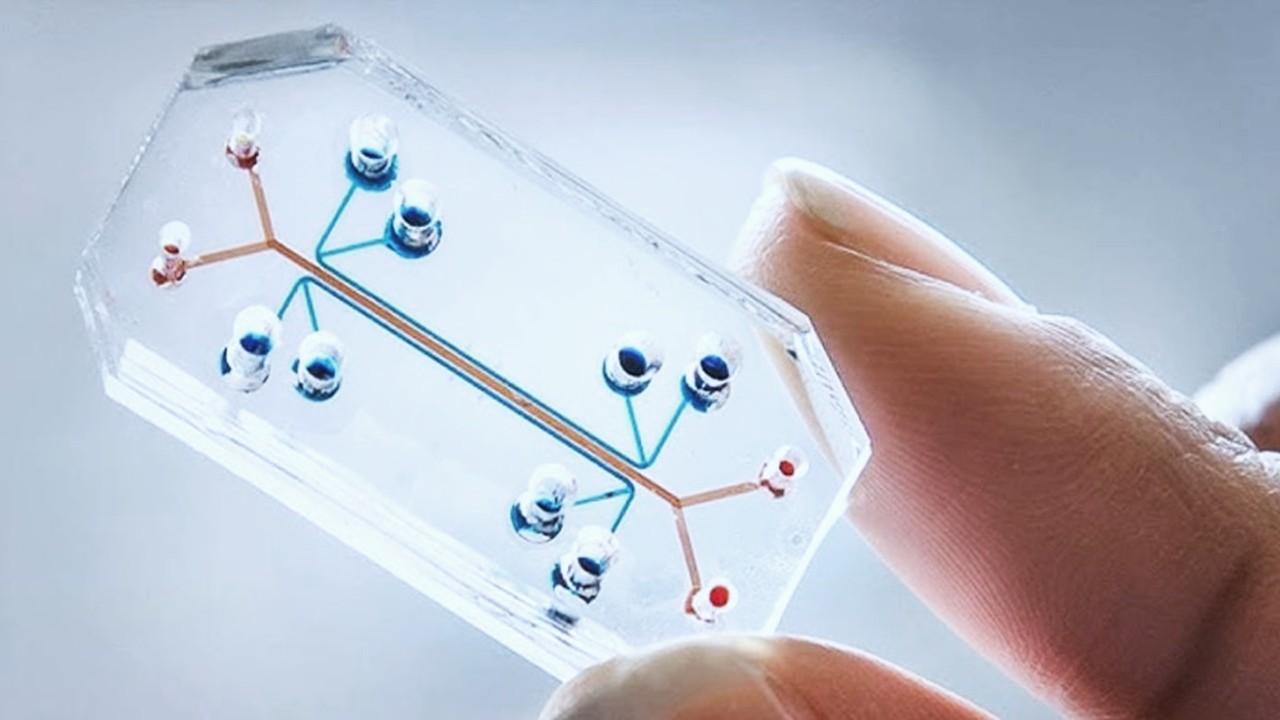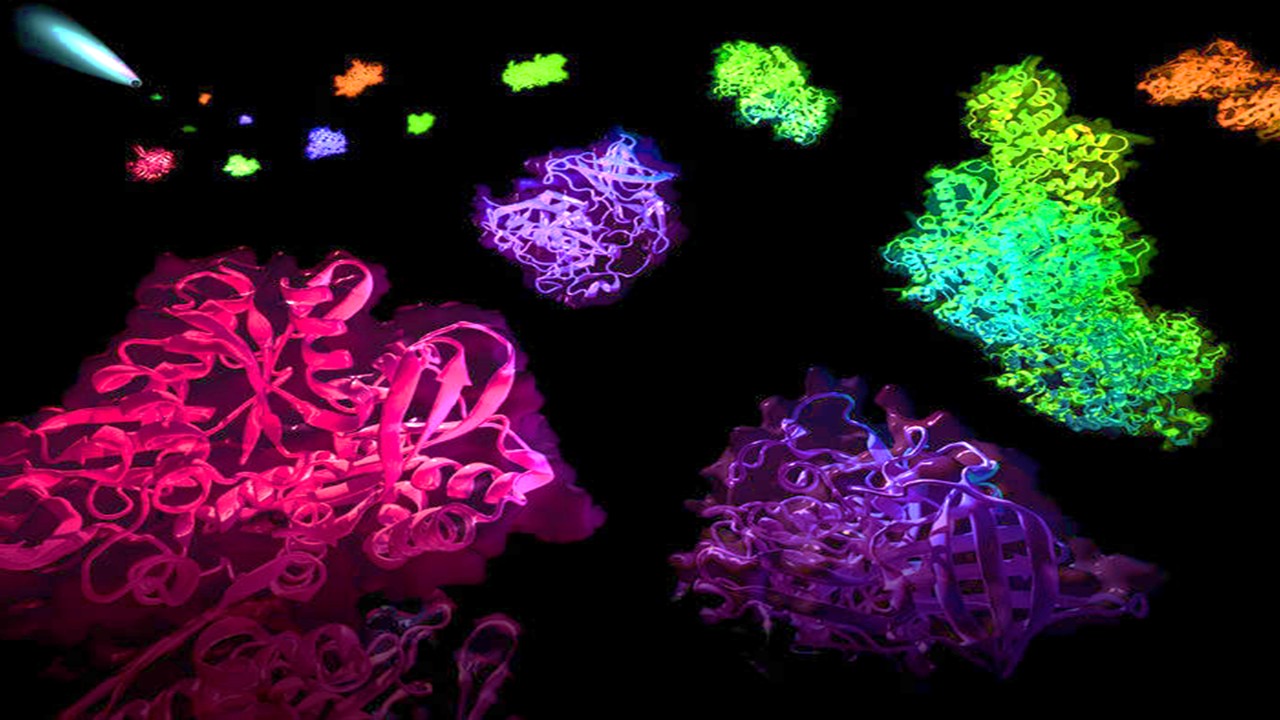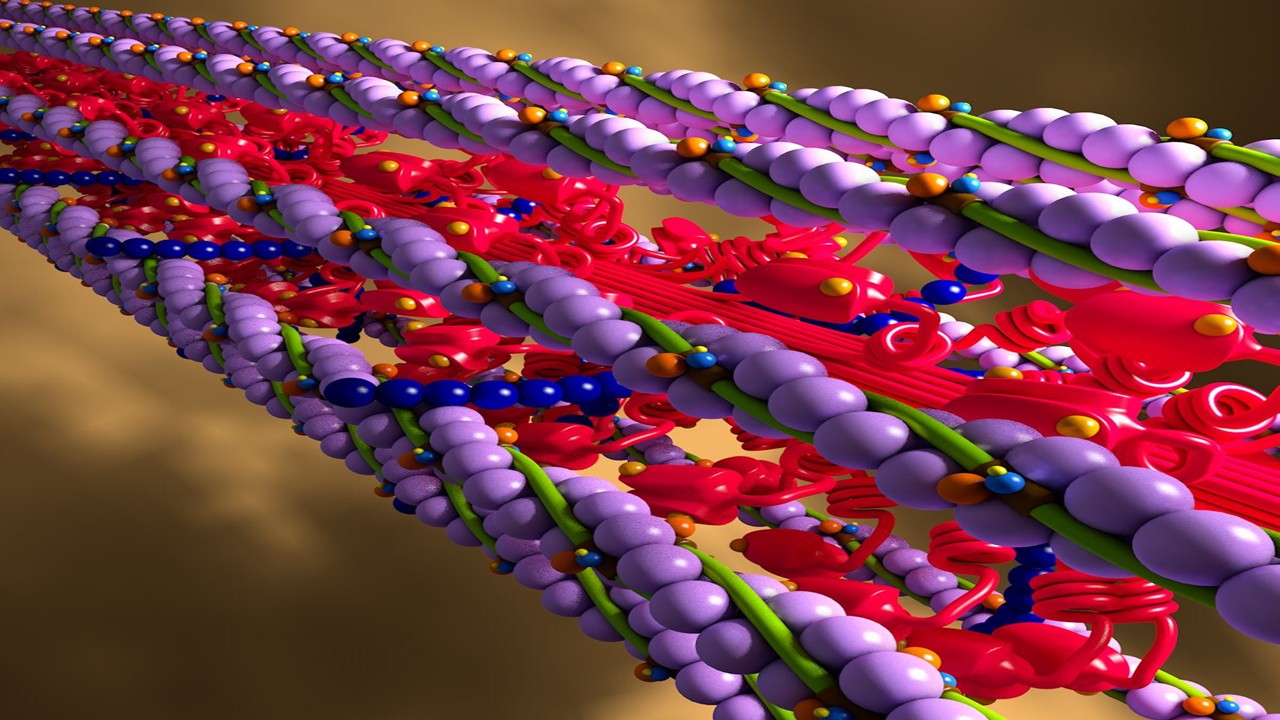For centuries, the process of discovering new drugs was a mix of uncertainty and painstaking observation, with healers relying on trial-and-error methods to identify compounds that worked for ailments. However, as science advanced, so too did our methods of finding and refining new drugs. Today, traditional drug discovery methods have fused with modern technological advancements, creating an entirely new landscape in pharmacology. The transition from identifying crude compounds to crafting highly specific and optimized lead compounds has revolutionized the pharmaceutical industry. Lead discovery now leverages everything from computational modeling to advanced molecular docking techniques, culminating in a finely tuned process that is faster, more precise, and deeply insightful.
Lead Optimization: A Delicate Balance
After identifying a promising lead compound, the real work begins: transforming this compound into a viable drug. The process known as lead optimization is a meticulous dance between molecular structure and biological activity. Researchers aim to modify the compound’s structure to enhance its potency, selectivity, and overall efficacy. This isn’t just about tweaking a few atoms here and there; it involves a profound understanding of the interactions between the lead compound and its target within the body.
Hydrogen bonding, hydrophobic interactions, and van der Waals forces all play pivotal roles in determining how well a drug binds to its target. These interactions are akin to pieces of a puzzle, where the drug must fit precisely into its target site, forming a stable complex that ensures efficacy. Hydrophobic interactions, for instance, are particularly critical—they promote the burial of hydrophobic molecules within the target protein’s hydrophobic pockets, bolstering the drug’s binding affinity and overall stability.
But this fine-tuning goes far beyond these structural adjustments. Lead optimization has evolved into a sophisticated field involving computational techniques, hybrid molecule designs, and cutting-edge pharmacokinetic models. Each step of the process moves us closer to drugs that not only work but work with pinpoint accuracy.
Decoding Structure-Activity Relationships (SAR)
One of the most vital tools in the lead optimization process is the Structure-Activity Relationship (SAR) analysis. By systematically altering parts of a lead molecule, scientists can observe the effects of these changes on biological activity. These SAR studies help unravel how the structure of a compound influences its interaction with a biological target, such as a disease-related enzyme or protein.
Understanding the SAR of a compound allows researchers to make rational, informed modifications. For example, introducing different chemical groups into the molecular structure can significantly boost a drug’s potency or specificity, enabling medicinal chemists to tweak and perfect the compound. This iterative process of modifying and testing leads to compounds that are not only more effective but also safer, with fewer off-target effects.
Optimizing Pharmacokinetics: A Matter of ADME
Once a compound demonstrates efficacy, its pharmacokinetics—how it behaves within the body—become a primary concern. Scientists focus on the drug’s Absorption, Distribution, Metabolism, and Excretion (ADME) properties. Each of these factors influences how well the drug is absorbed into the bloodstream, how it is distributed throughout the body, how it is metabolized or broken down, and how efficiently it is excreted.
Improving pharmacokinetic properties can significantly enhance the drug’s bioavailability—its ability to reach its target site in sufficient concentrations. For instance, increasing the solubility of a drug improves its absorption, while modifying metabolic pathways can prolong its action, reducing the frequency of dosing. These modifications are crucial for turning a potent compound into an actual therapeutic agent that can be delivered effectively to patients.
Solubility Optimization: Making Drugs More Accessible
A drug’s solubility—its ability to dissolve in biological fluids—plays a key role in its effectiveness. Poor solubility can lead to suboptimal absorption, reducing the drug’s ability to reach therapeutic levels in the bloodstream. During lead optimization, chemists work to improve solubility by introducing polar groups into the drug’s structure. These groups increase the drug’s affinity for water, making it easier to administer and absorb.
Solubility optimization not only enhances drug absorption but also simplifies formulation, reducing the challenges of drug delivery. This aspect of lead optimization ensures that a drug isn’t just potent but also practical and patient-friendly.
Hybrid Molecule Design: Fusing the Best of Both Worlds
In recent years, hybrid molecule design has emerged as a powerful approach in lead optimization. By combining the favorable characteristics of multiple lead compounds, medicinal chemists can create hybrid molecules that exhibit enhanced efficacy, selectivity, and pharmacological properties.
This innovative strategy takes the best elements of different compounds—such as potency from one and solubility from another—to create a more balanced and effective drug candidate. This approach allows for a more holistic optimization, addressing multiple challenges at once, and often leads to more adaptable and versatile drug candidates.
The Computational Revolution: QSAR and Beyond
The rise of computational methods in drug discovery has revolutionized the traditional landscape. One such method is Quantitative Structure-Activity Relationship (QSAR) modeling, which correlates the chemical structure of compounds with their biological activity. QSAR models are integral to SAR studies, predicting how different structural changes will influence a compound’s behavior in the body. They also provide insights into ADME properties, helping scientists anticipate how a drug will be absorbed, distributed, metabolized, and excreted.
Furthermore, molecular docking simulations have become essential in visualizing how compounds bind to their biological targets. These techniques allow researchers to predict the binding affinity and interaction mechanisms of potential drug candidates, guiding further structural modifications.
Virtual Screening: A New Age of Discovery
The development of virtual screening has transformed lead discovery by allowing researchers to sift through vast chemical libraries and identify promising drug candidates. This computational technique enables scientists to predict which molecules are most likely to bind to a target protein, akin to finding the right key for a lock.
Virtual screening accelerates the drug discovery process, identifying promising leads without the need for extensive laboratory testing. This powerful tool has become a cornerstone of modern lead optimization, narrowing down potential candidates and reducing the time and cost associated with drug development.
The Role of Molecular Dynamics Simulations
Molecular dynamics (MD) simulations offer a window into the dynamic behavior of molecules over time. By applying the laws of physics to model the motion of atoms and molecules, MD simulations provide insights into how drugs bind to their targets, how they might interact with other molecules, and what conformational changes they might undergo.
MD simulations are especially valuable in understanding the stability of drug-target complexes and predicting the long-term efficacy of a drug. This technique provides a level of detail and insight that would be impossible to achieve through traditional experimental methods alone, making it an invaluable tool in modern drug discovery.
The Power of Machine Learning and AI in Drug Discovery
As data grows increasingly complex, the use of machine learning (ML) and artificial intelligence (AI) has become indispensable in lead discovery and optimization. Machine learning algorithms can process massive datasets, identifying patterns and relationships that might not be immediately obvious to human researchers. This capability accelerates the identification of promising drug candidates and supports the design of more effective compounds.
Moreover, AI-powered de novo design—where AI algorithms generate new molecules with specific desired properties—has introduced a new era of drug discovery. These generative models allow scientists to explore vast chemical spaces, creating novel compounds that meet stringent criteria for potency, selectivity, and pharmacokinetics.
The Future of Lead Discovery: A Holistic Approach
As traditional drug discovery merges with modern computational approaches, the future of pharmacology looks promising. The fusion of time-honored methods with cutting-edge technologies offers a comprehensive and holistic approach to drug discovery, where every aspect—from molecular structure to pharmacokinetics—is optimized for the highest level of safety and efficacy. The drug discovery journey is no longer a matter of chance, but a calculated and highly strategic endeavor that continues to evolve as science advances.
Engr. Dex Marco Tiu Guibelondo, B.Sc. Pharm, R.Ph., B.Sc. CpE
Editor-in-Chief, PharmaFEATURES

Subscribe
to get our
LATEST NEWS
Related Posts

Medicinal Chemistry & Pharmacology
Invisible Couriers: How Lab-on-Chip Technologies Are Rewriting the Future of Disease Diagnosis
The shift from benchtop Western blots to on-chip, real-time protein detection represents more than just technical progress—it is a shift in epistemology.

Medicinal Chemistry & Pharmacology
Designing Better Sugar Stoppers: Engineering Selective α-Glucosidase Inhibitors via Fragment-Based Dynamic Chemistry
One of the most pressing challenges in anti-diabetic therapy is reducing the unpleasant and often debilitating gastrointestinal side effects that accompany α-amylase inhibition.

Medicinal Chemistry & Pharmacology
Into the Genomic Unknown: The Hunt for Drug Targets in the Human Proteome’s Blind Spots
The proteomic darkness is not empty. It is rich with uncharacterized function, latent therapeutic potential, and untapped biological narratives.

Medicinal Chemistry & Pharmacology
Aerogel Pharmaceutics Reimagined: How Chitosan-Based Aerogels and Hybrid Computational Models Are Reshaping Nasal Drug Delivery Systems
Simulating with precision and formulating with insight, the future of pharmacology becomes not just predictive but programmable, one cell at a time.
Read More Articles
Myosin’s Molecular Toggle: How Dimerization of the Globular Tail Domain Controls the Motor Function of Myo5a
Myo5a exists in either an inhibited, triangulated rest or an extended, motile activation, each conformation dictated by the interplay between the GTD and its surroundings.











